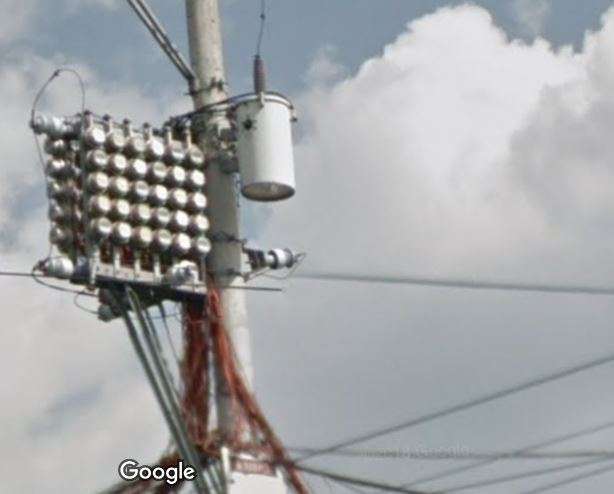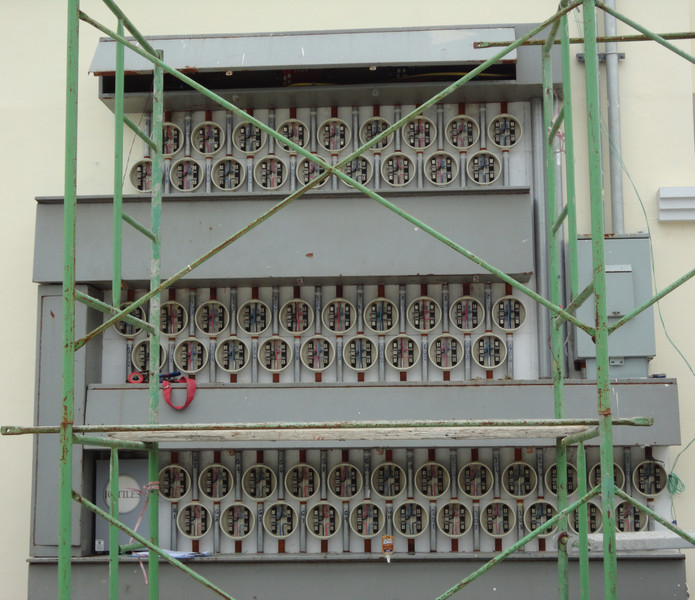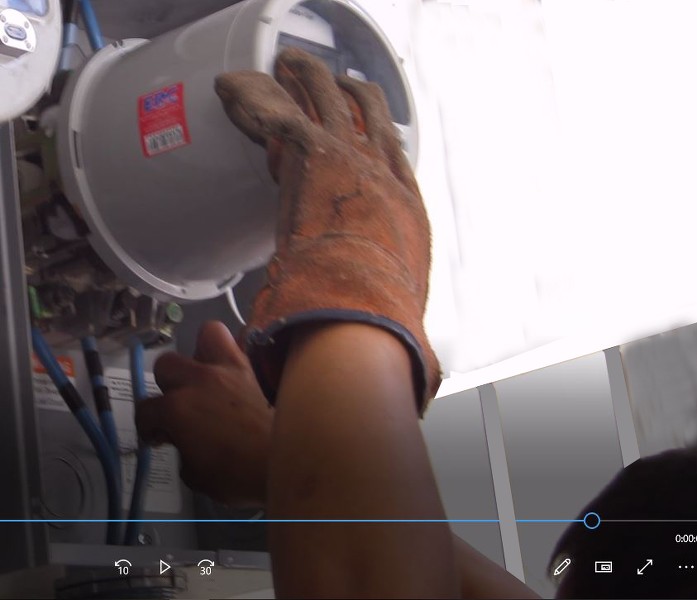Just a note that, officially at least, all POCO technicians who pull or replace meter for any reason will be wearing at least minimum arc flash protection, in the form of a long sleeved cotton shirt and/or jacket and a face shield.
If you read enough posts here you will hear stories of pulling a meter and having one jaw, with wire still attached, breaking lose from the base and coming off with the meter. Easy enough to get a live jaw to contact the grounded enclosure in the process.
The basic principle of the bypass lever is that the any current will be passed through the bypass so the meter can be removed with zero current, then depending on what is being done either the bypass lever will be opened (while wearing protective gear) or will be left closed until time to replace the meter. If bypass is opened, it will be closed again before reinserting the old or new meter. Then opened to direct current through the meter.
The bypass lever contacts are designed to open and close nearly simultaneously and to safely interrupt or close on normal load current. They are not really designed to interrupt or close into fault current. The make and break of the meter to socket connections will be much less controlled and may arc several times during the removal or insertion process.
In the US most smart meters now include a load break capable remote controlled switch so that POCO can turn off a delinquent account without sending a technician or pulling the meter. But it cannot be depended upon as a safety disconnect, among other things because it could fail or could be remotely commanded to close.




